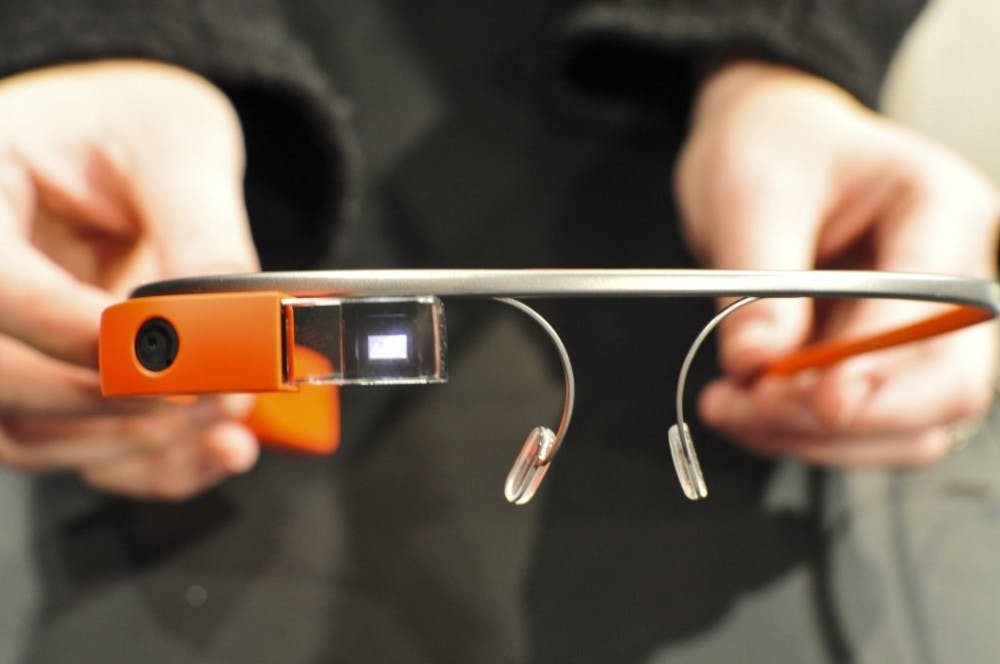It shouldn’t be a surprise that the majority of today’s generation is at least a little addicted to technology. It’s become an integral aspect of our everyday lives, from hours spent staring at a laptop screen to the subconscious downward glance to check a cell phone. It doesn’t really matter how we use technology. The point is, we’re hooked.
As with nearly any addiction, our dependence on technology is stimulated by accessibility — how easily we can use and weave it into our everyday activities. This brings us to Google Glass.
While Google Glass is not a new product, it has seen only limited consumer use. Google Glass is essentially a high-tech pair of eyeglasses, but rather than standard lenses, the device uses a heads-up display interface. The primary focus of Google Glass is on hands-free interaction. It is primarily used through voice commands and a small touchpad next to the users temple.
This summer, a 31-year-old man was admitted to the U.S. Navy’s Substance Abuse and Recovery Program for treatment of alcoholism. During treatment, though, it was discovered the man was also plagued with withdrawal from his Google Glass device. For two months, he had been wearing Google Glass up to 18 hours a day for his Navy service, taking it off only to sleep and bathe. The patient would display signs of irritation and frustration at not being able to use Google Glass.
“He said he felt his reliance on the Google Glass was much more intense than what he noticed when he came off alcohol,” said Kathryn Yung, an addiction psychologist for the Navy.
While this may be the first documented case of Internet addiction through the use of the Google Glass device, it has remained a contentious point amongst psychiatrists. The addiction has a technical name — Internet Addiction Disorder — it does not yet have an entry in the Diagnostic and Statistical Manual of Mental Disorders, the go-to standard for the diagnosis and treatment methods of certain mental disorders.
Specifically regarding addiction to Google Glass, it seems unlikely at this point that the product will ever be available to the general consumer market. At the same time, we cannot expect technology to simply stop. It is a constantly changing entity, striving for greater innovation in the name of convenience.
Even if Google Glass fails and fades away, eventually some company will figure out how best to advertise their product, and the end result will likely remain the same: Internet addiction.
An addiction to technology is similar to many other kinds of addiction because it is becoming increasingly easy to integrate into our everyday lives. But one way it differs from other addictions is that technology is, to a degree, almost mandatory.
We’re usually given a choice in whether or not to drink alcohol, to smoke or to gamble, but in today’s age, it becomes harder and harder to simply “refuse” technology, in part because of the many ways it can improve our lives.
Technology can’t stop, and we shouldn’t want it to stop. But it is appropriate for us to take this one man’s diagnosis to decide exactly how central technology is in our lives. No matter how we use it, it shouldn’t ever become a serious problem until it reaches dependence — when we cannot perform our everyday activities without the use of some man-made machine.


